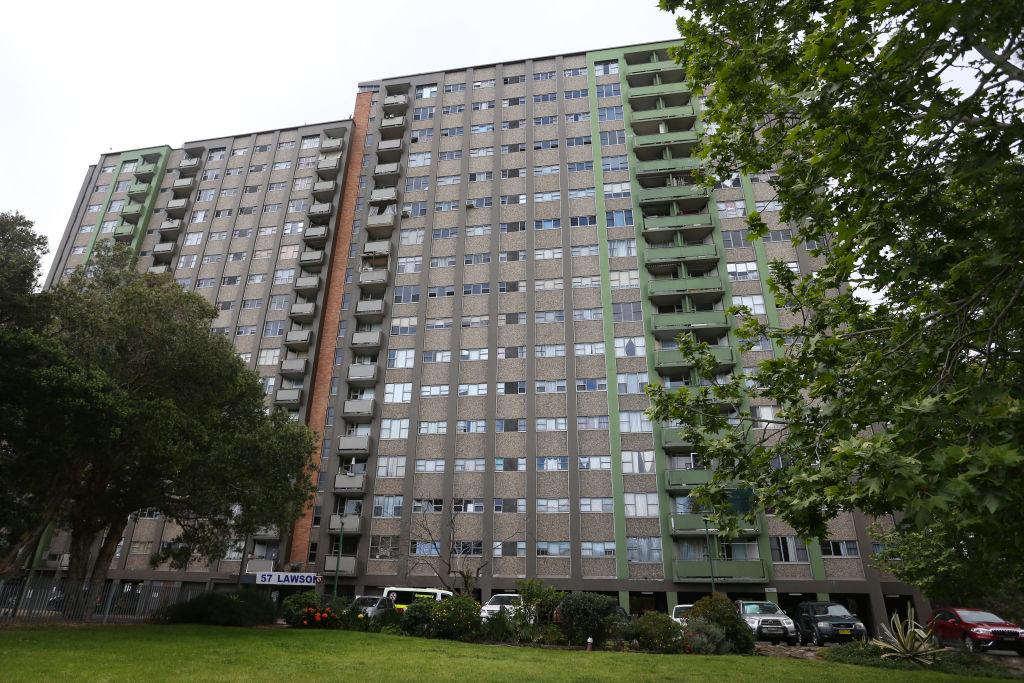Australia’s most populous state, New South Wales (NSW), is falling behind in building enough homes to cater for its growing population.
NSW Premier Chris Minns has revealed that around 48,000 homes were built in the state in the past year, well below the annual target set at the national cabinet meeting in the week ending Aug. 20.





